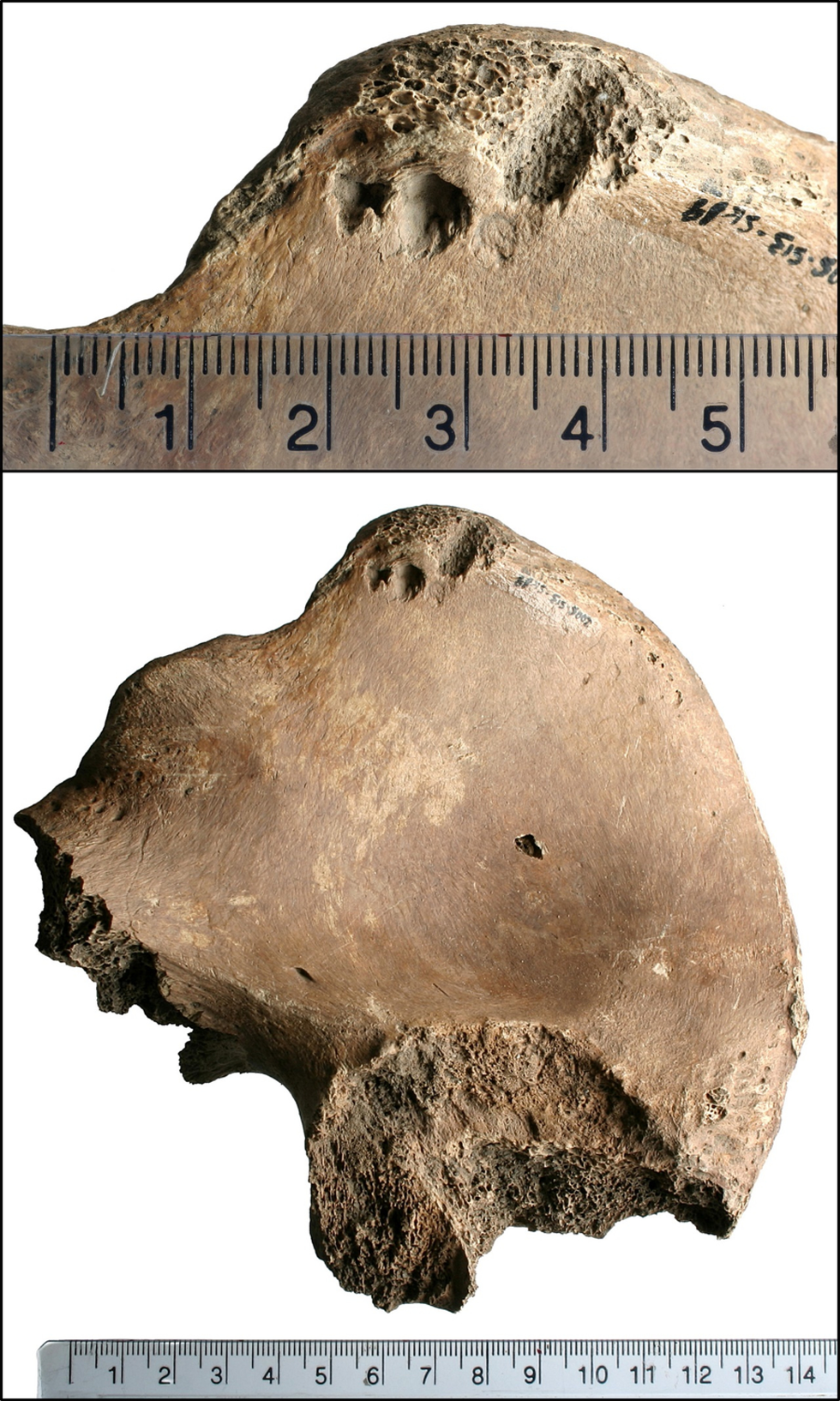Are you not entertained?! Archaeology breakthrough as 'first evidence of Roman gladiators fighting lions' discovered
Bite marks were found on the skeleton found in York
Don't Miss
Most Read
Trending on GB News
Archaeologists have discovered the first physical evidence of Roman gladiators fighting lions in Britain, according to a groundbreaking new study.
Bite marks found on a skeleton unearthed at a cemetery in York have been identified as those made by a lion, providing unprecedented proof of human-animal combat in the Roman Empire.
The remains, excavated from Driffield Terrace, belong to a man aged between 26 and 35 who experts believe was a gladiator.
While ancient texts and artwork have long depicted such deadly spectacles, this marks the first time physical remains have confirmed these brutal entertainments.

The skeleton was discovered with the bite marks
University of York/Durham University
The skeleton was discovered during a 2004 dig at what is now believed to be the world's only well-preserved Roman gladiator cemetery.
Forensic examination revealed distinctive holes and bite marks on the man's pelvis that researchers have matched to a lion's bite pattern. The remains were found buried in a grave with two others and overlaid with horse bones.
Scientists used 3D scanning technology to analyse the wounds and compared them with bite marks from large cats at London Zoo.
The location of the bite suggests the gladiator was incapacitated before being seized by the lion.
LATEST DEVELOPMENTS

Scientists say the bite mark is evidence of bite marks
Plos One
Professor Tim Thompson, who led the study at Maynooth University in Ireland, said: "This is the first time we have physical evidence for gladiators fighting, or being involved in a spectacle, with big cats like lions in the Roman Empire."
"We could tell that the bites happened at around the time of death," he added. "So this wasn't an animal scavenging after the individual died - it was associated with his death."
Malin Holst from the University of York said in her 30 years of analysing skeletons, she had "never seen anything like these bite marks".
The research has been published in the journal Plos One. The discovery suggests that Roman-style spectacles extended to the furthest reaches of the empire, challenging perceptions of Roman Britain.
Experts believe an amphitheatre likely existed beneath York, though it has yet to be discovered.
"We often have a mental image of these combats occurring at the grand surroundings of the Colosseum in Rome, but these latest findings show that these sporting events had a far reach," said Holst.
The presence of exotic animals in York raises questions about how the Romans transported creatures like lions from Africa to Britain.
The site, known as Eboracum in Roman times, hosted gladiatorial events until the fourth century.

An Aerial reconstruction of ancient York
Getty
The man's remains revealed a "short and somewhat brutal life", according to researchers, with bones shaped by powerful muscles and evidence of injuries to his shoulder and spine.
David Jennings, CEO of York Archaeology, said: "It is remarkable that the first osteoarchaeological evidence for this kind of gladiatorial combat has been found so far from the Colosseum of Rome."
The skeleton will be displayed at the DIG exhibition at St Saviourgate in York.
This discovery not only confirms the identity of the men buried at the cemetery as gladiators rather than soldiers, but also reshapes our understanding of Roman entertainment culture in Britain.









